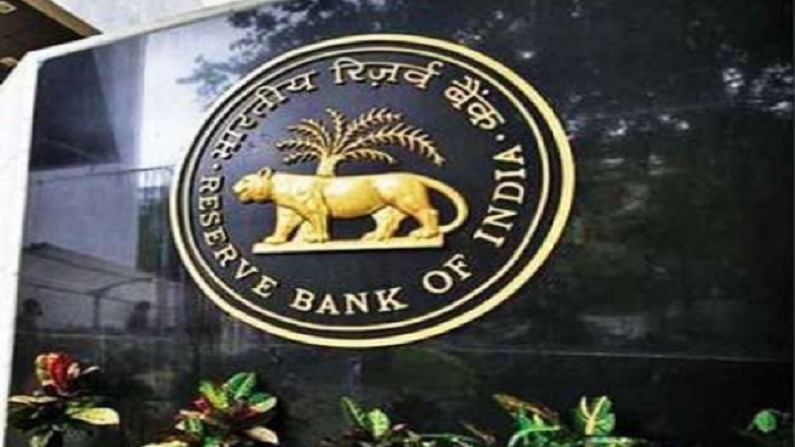RBI MPC: Experts don't see central bank changing policy rates
There are conflicting demands from inflation management and growth imperatives in the economy

The monetary policy committee (MPC) meeting of the Reserve Bank of India on June 2-4 is going to be held when the second savage run of the Covid-19 pandemic has impacted livelihoods and consumer confidence that has made companies diffident about the much-discussed recovery in the economy.
In fact, economists are no longer speaking of the V-shaped recovery heard in the beginning of the year but are speaking of a drawn-out U-shaped recovery.
Options
For the common man, it might mean two scenarios. If RBI lowers repo rate, it might infuse more money into the system since it will allow the banks to offer cheaper loans to companies. While that might mean some more jobs returning to the economy, it will also push up the prices of goods and commodities.
If the repo rate is raised, it might keep prices under check but it might not help the cause of revival and generation of employment.
Inflationary pressure
On the other hand, many are apprehending upward inflationary pressures to continue and perhaps worsen as wholesale price index rose to 10.5% in April, the highest in the past 11 years.
While the RBI governor had earlier said that their priority would be on fuelling growth in the economy, it is clear that containing inflation is one of the primary objectives of the MPC.
Conflicting demands
Caught in the conflicting demands of boosting growth and containing inflation, the MPC is likely to leave policy rates unchanged, think experts.
The benchmark repo rate against which all interest rates of banks are pegged, now stands at 4%, and has been left untouched by the central bank five times in a row. The reverse repo rate is at 3.35%.
Expert views
“I do not think the RBI will change its policy rates,” said Yuvika Singhal, economist at research agency QuantEco.
Investment expert Prasunjit Mukherjee, chief ideator, Plexus Management Services, also echoed Singhal’s views.
“As of now, the WPI is trending way above the prescribed limit. And the current situation ensures there is not much by way of supply side let off because of lockdowns etc. Under these circumstances, it will not be prudent to cut down the repo and increase money supply. I will expect the rates to continue and look for holding strategy rather than an expansionary one,” said Mukherjee.
On the inflation apprehensions, Mukherjee said, “The biggest component of the inflation growth is the food segment. The energy and metal basket is a global phenomenon, so nothing much can be done by the RBI or for that matter anyone else.”
Input costs rising
Admitting the inflationary pressure, Nilanjan Dey, director, Wishlist Capital Advisors, said, “There is considerable inflationary pressure on the economy but the banking regulator will need to, in the context of higher inflation, weigh the following: Input costs for corporates are higher and going up constantly. Cost of funds must remain as stable as possible for borrowers. This will make it difficult for RBI to keep repo and other policy rates the way they are presently.”
“There is greater pressure on the authorities today to further ease liquidity. At least one leading banker has rooted for increased money supply by new currency infusion,” added Dey.
Kotak’s prescription
Dey was referring to in a television interview by Uday Kotak, the president of leading industry body CII, last week when he said that the government should now print cash to bolster the economy.
“In my view, this is the time to expand the balance sheet of the government, duly supported by the RBI… for monetary expansion or printing of money. If not now, when?” said Kotak, who is also the CEO of Kotak Mahindra Bank.
However, Dey thinks, all said and done, the repo rate will remain unchanged.
“I shall be happier if the central bank keeps doing its bit to control inflation, strength liquidity, and ensure greater stability,” added Dey.
Spectre of WPI
Though the Consumer Price Index-based inflation fell to 4.29% in April riding on food prices (from 5.52% in March), WPI rising to 10.5% would have an impact on CPI-based inflation apprehends, Mahananda Kanjilal who teaches economics in Kolkata. It is the CPI-based inflation that RBI keeps in focus to determine monetary supply.
However, there is need to address growth concerns too, considering the rising unemployment.
The unemployment data put out by the Centre for Monitoring Indian Economy (CMIE) is displaying a steadily rising rate. The 30-day moving average of unemployment rate has steadily moved up from 7.83 on May 7 to 11.83 on May 30. While the urban unemployment rate has hit 14.6%, that in the rural sector is 10.59%.